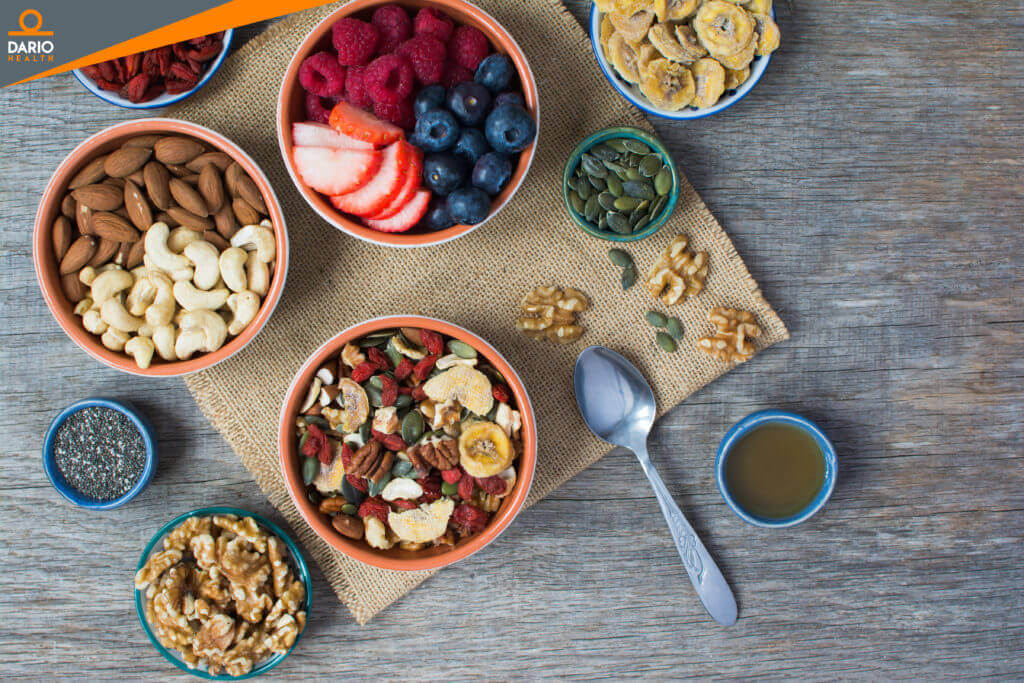Eat This, Not That
Managing diabetes is difficult enough without considering the dieting aspect. Here’s a quick guide on what to eat, and what to stay away from.

By Susan B. Sloane, BS, RPh, CDE
Without a question one of the hardest things that people with diabetes have to deal with is meal planning. It feels like there is a long list of foods to avoid and a seemingly short list of what a person with diabetes should and can eat.
For someone recently diagnosed with type 1, type 2, or gestational diabetes, the limit in food choices may be overwhelming. Yet, with a little bit of work at understanding what foods work best to keep your body running efficiently, it becomes clear that a “diabetic diet” is nothing more than a healthy diet that everyone should ascribe to.
Eating healthy involves some simple rules:
- Avoid the whites: bread, potatoes, rice, and pasta can cause blood sugar spikes. Instead, try whole grain breads. Instead of white potatoes, try using a half of a baked potato or sweet potato. Even better, try making mashed potatoes out of cauliflower. It’s really tasty and healthy.
- Eat lean meats and consume red meat sparingly. Red meat has quite a bit more calories and fat than leaner meats such as chicken, turkey, and pork. Fish is, of course, an excellent choice as well.
- Avoid low-quality dense carbohydrates like cookies, cakes, and candy. Instead, eat fresh fruit with yogurt for dessert and add in some dark chocolate if your craving requires it. This will be far better than eating those high sugar desserts. If you’re trying to bake desserts or any other sweet for that matter, you can use sugar substitutes or applesauce instead.
- For rice side dishes use whole grain, black rice or quinoa instead of white rice.
- Instead of using white pasta, try using whole wheat pasta or you can create vegetable pasta. Use squash or eggplant cut into thin slices to make spaghetti that tastes like pasta, but is much healthier.
- Stick margarine can be high in trans-fat so it’s best to stay away from it. Butter may be a better option, or you can use spreads that are designed to keep cholesterol down. Whipped butter has half of the saturated fat as regular butter so it may be a better option for some.
There are some healthy food choices that you can include that may help you avoid blood sugar spikes. These foods include:
- Blueberries, strawberries, watermelon
- Beans and lentils
- Walnuts, pistachios, and almonds. Try these instead of chips and crackers.
- Use olive oil instead of other cooking oils if possible.
- Eat fresh fruit where possible instead of drinking juice; it has fiber and helps to blunt any ensuing good sugar spikes.
- Avoid processed meats; they can be high in sodium.
- Eliminate soda and drink water whenever you can.
Overall, eating well can be a lot easier than it sounds, and it will have a positive effect on your body. Eating healthy not only helps your blood sugars stay in control, but healthy foods have been shown to decrease the inflammatory response in your body; which can help you stay healthy.[1] Take this list as a framework to understand what foods to eat and which to stay away from. Over time you’ll find what works for your body and what you like to eat, and you’ll learn exactly how to plan your meals and thrive with diabetes!
About Susan Sloane
Susan B. Sloane, BS, RPh, CDE, has been a registered pharmacist for more than 29 years and a Certified Diabetes Educator for most of her career. Her two sons were diagnosed with diabetes, and since then, she has been dedicated to promoting wellness and optimal outcomes as a patient advocate, information expert, educator, and corporate partner.
Susan has published numerous articles on the topic of diabetes for patients and health care professionals. She has committed her career goals to helping patients with diabetes stay well through education.
<b>Medical Disclaimer</b>
The articles provided on this website are for informational purposes only. In addition, it is written for a generic audience and not a specific case; therefore, this information should not be used for diagnostic or medical treatment. This site does not attempt to replace the patient-physician relationship and fully recommends the reader to seek out the best care from his/her physician and/or diabetes educator.
[1] https://www.ncbi.nlm.nih.gov/pubmed/21139128
DAR -0012 RevA 05/2019